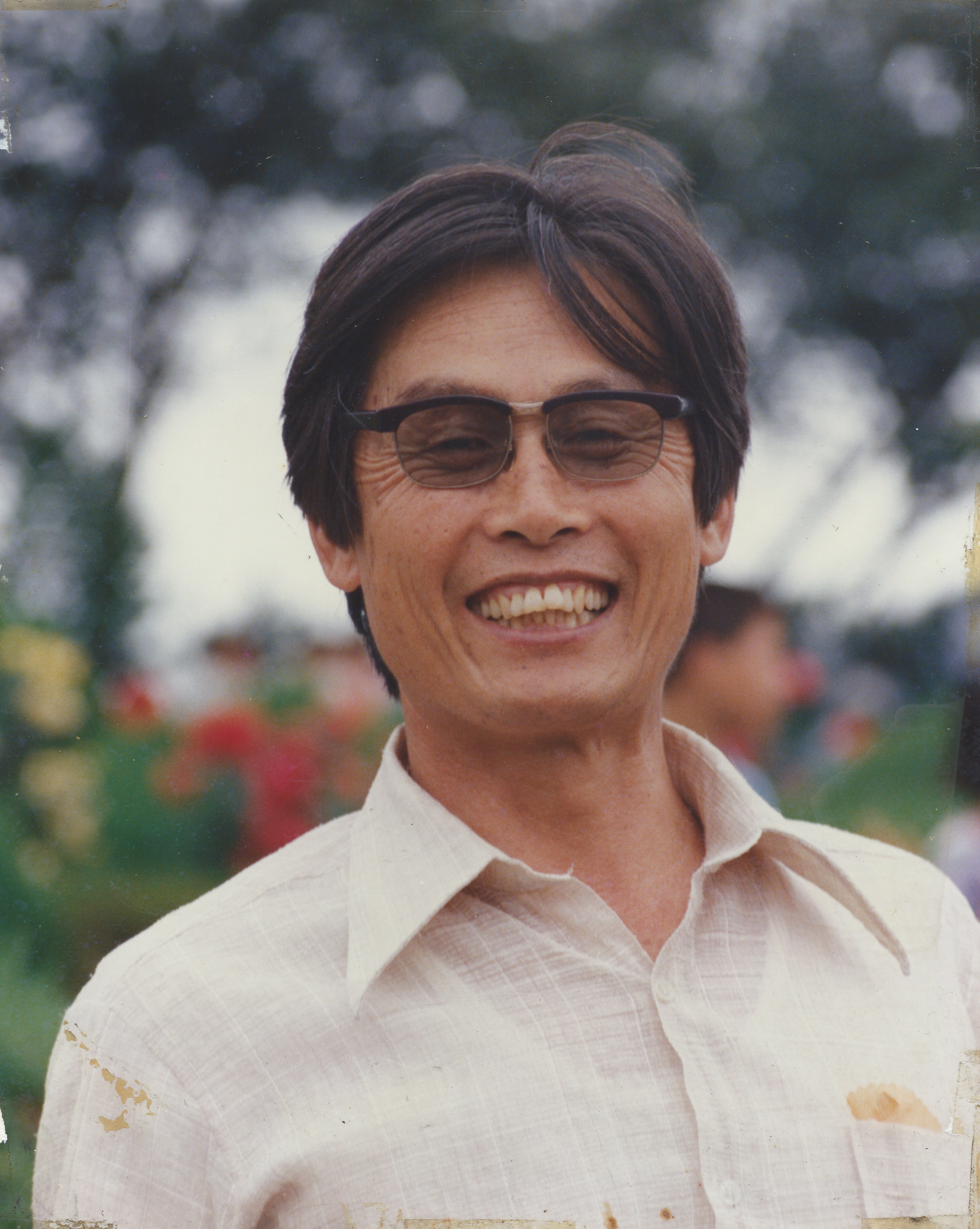source: Beattie Owen & Geiger, John:
John Torrington's Gravemaker
[뻥일 가능성이 큰것이 ... 위키 백과에는 1차발견시 해부로 조각을 낸 상태라 ...]
Petty Officer John Shaw Torrington (1825 — 1 January 1846) was an explorer and Royal Navystoker.[1] He was part of an expedition to find the Northwest Passage, but died early in the trip and was buried on Beechey Island. His preserved body was exhumed in 1984, to try to determine the cause of death.[2] It was the best preserved example of a corpse since the ancient Tollund Man which was found in the 1950s.[3]
Contents
[hide]The Northwest Passage expedition[edit]
Torrington was a part of Sir John Franklin's final expedition to find the Northwest Passage, a sea route to Asia, via the northern edge of North America. They set off from Greenhithe, England in two ships, theHMS Terror and HMS Erebus, on 19 May 1845. The trip was expected to last about three years, so the ships were packed with provisions which included more than 136,000 pounds of flour, 3,684 gallons of high-proof alcohol and 33,000 pounds of tinned meat, soup and vegetables.[4] However, after late July no one heard from or saw the crew again.[2]
Search expeditions[edit]
Many search parties were sent to look for the missing crew, but nothing significant was discovered until 1850, when the ruins of a stone hut, some food cans, and three graves were found. The graves contained the remains of Torrington, William Braine, and John Hartnell. Torrington had apparently died about seven months into the expedition, which led to further questions as to why crew members had died so early in the expedition. In 1976, the graves were rediscovered on Beechey Island, Nunavut, Canada, and the headboards (presumed to be the originals) were transferred to the Prince of Wales Northern Heritage Centre in Yellowknife.[5] In 1980 anthropologist Owen Beattie decided to analyze the bodies and try to solve the mystery.[2]
Autopsy[edit]
After ensuring that Torrington's descendants were aware of the plan,[3] Beattie and his team began their work on 17 August 1984. Torrington's coffin was 1.5 metres (4 ft 11 in) deep in the permafrost, which the team had to dig through.[2] When the coffin was opened they saw how well preserved the outer parts of Torrington's body were, apparently not much different from the day he was buried.[6] In order to thaw the body, the team poured water on the ice, to slowly melt it away and therefore not cause any damage to the body. once thawed, they undressed the body to examine it. They found that Torrington had been very sick at the time of his death—he was so thin all his ribs were visible, and he only weighed about 38.5 kilograms (85 lb). After conducting a thorough autopsy and taking some tissue samples, the team left to analyse what they had discovered.
Tissue samples revealed that Torrington's body had probably been stored on board ship while his grave was being dug; in almost all areas, significant cell autolysis had occurred, and cell definition was very poor. His brain was almost completely gone, leaving only a "yellow granular liquid".[7] The lungs showed scarring from earlier bouts with tuberculosis as well as signs of more recent pneumonia. After toxicology analysis showed heightened levels of lead in Torrington's hair and fingernails, the team concluded Torrington had died from pneumonia, after suffering from various lung problems, which were aggravated by the lead poisoning. Beattie believed that the canned food was the most likely source of the lead. More tests revealed a high amount of lead in all three bodies, and some feel that this was chief cause of the expedition's failure.[2]Photographs of Torrington, in a remarkable state of outward preservation, were published widely, including in People magazine which named him one of the world's most interesting personalities in 1984, and the widely-reprinted photograph inspired James Taylor to write a song, "The Frozen Man", and Iron Maiden to write "Stranger in a Strange Land". British poet Sheenagh Pugh wrote an award-winning poem, "Envying Owen Beattie", about the Torrington exhumation. Authors Margaret Atwood and Mordecai Richler were also inspired by the photograph, and the account of the research provided by Beattie and John G. Geiger in their book, Frozen In Time: The Fate of the Franklin Expedition. Atwood wrote a short story, "The Age of Lead", and Richler included references to the research and the Franklin expedition itself in his novel, Solomon Gursky was Here.
References[edit]
- ^ "John Torrington (1825 - 1846) - Find A Grave Memorial". Retrieved 2007-06-29.
- ^ a b c d e "The Franklin Expedition: Featured Mummy". Retrieved 2007-06-29.
- ^ a b "Civilization.ca - Scholars - Archaeological Discovery in Organic Terrain in Canada". Retrieved 2007-06-29.[dead link]
- ^ PBS, NOVA [Arctic Passage http://www.pbs.org/wgbh/nova/arctic/provisions.html]
- ^ Powell, Brian. "The memorials on Beechey Island, Nunavut, Canada: an historical and pictorial survey." Polar Record (2006), 42 : 325-333.
- ^ "Sir John Franklin". Retrieved 2007-06-29.
- ^ "Report on the Exhumation of John Torrington", Dr. Roger Amy, Department of Pathology, University of Alberta, p. 1
Further reading[edit]
- Beattie, Owen; John Geiger. Frozen In Time: The Fate of The Franklin Expedition. Douglas & Macintyre. ISBN 1-55054-616-3.
'2. Humanities > 23_생각해볼글' 카테고리의 다른 글
| "생각해보라, 나와 닮은 사람들이 다른 언어를 쓰니 감정적으로 어떠했겠나" (0) | 2015.10.18 |
|---|---|
| [캘리포니아 Tuolumne County 다리와 아이오와 메디슨 카운티의 다리] (0) | 2015.09.16 |
| [보도] 남측과 북측이 합작한 신품종 사과 '유감' 육종 2차례성공에 이어 새로운 한반도기 제작 완성! (0) | 2015.08.26 |
| 앞으로 서양 인사인 악수 대신 모든 외교 .국가 원수 방문 시 우리식 최고 인사로 큰절들 올리면 참 좋을 듯 (0) | 2015.07.31 |
| [펌] 동포 80만명 학살에 모른척... '악마의 거래' (0) | 2015.07.15 |





